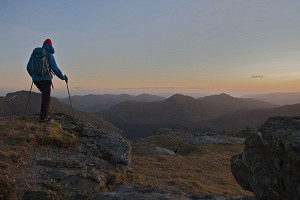
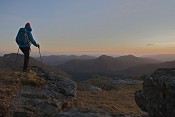
National Parks Without The Crowds National Parks without the crowds: Loch Lomond and the Trossachs
The Covid boom is bringing floods of visitors to our National Parks, and with them come traffic, crowds and litter. In Scotland's busiest National Park the usual popular hills are teeming, says Lomond and Trossachs expert Ronald...




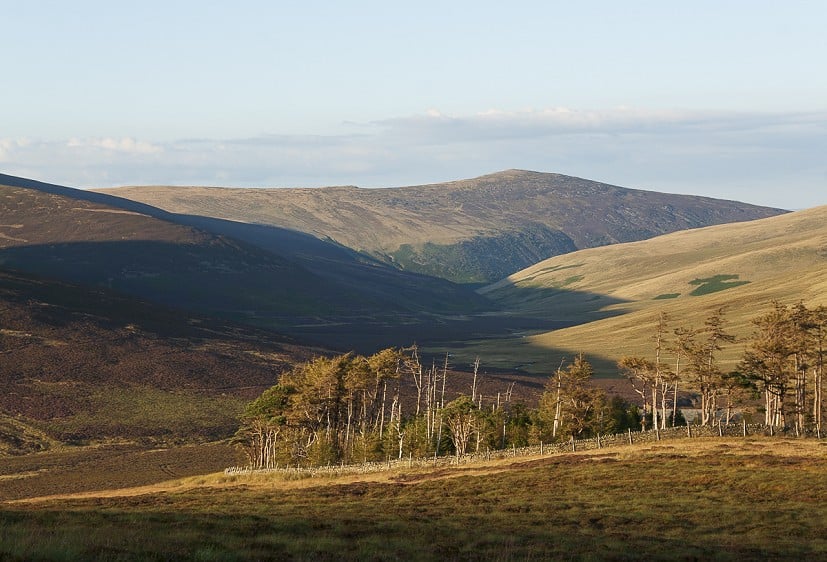

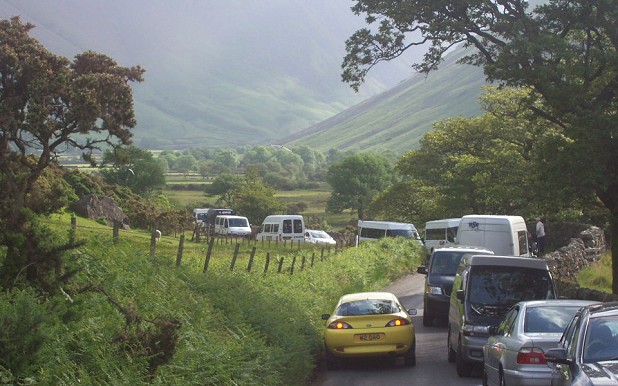

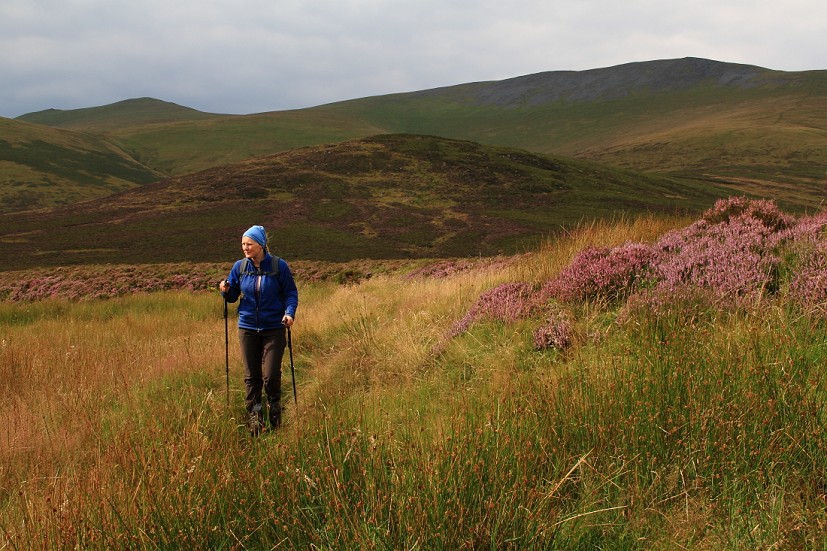
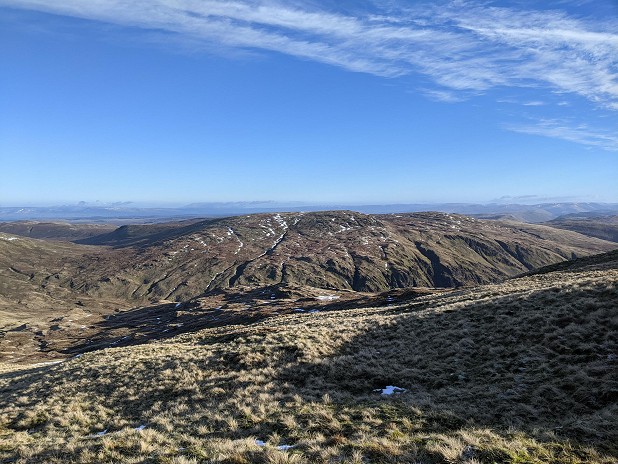
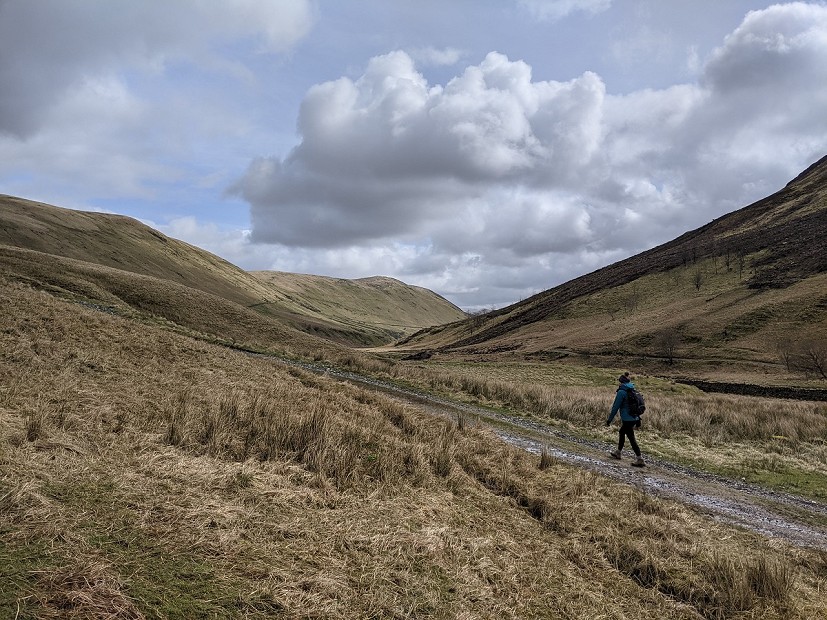
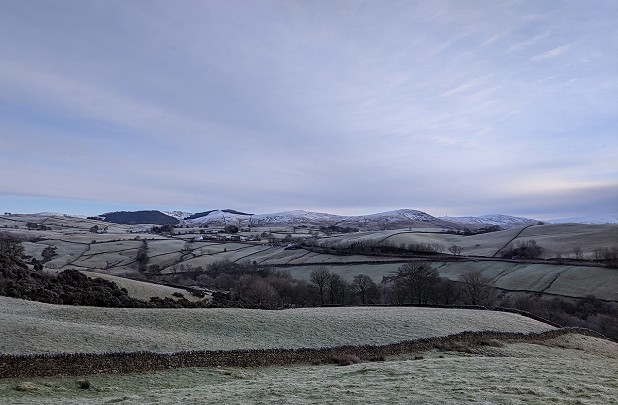
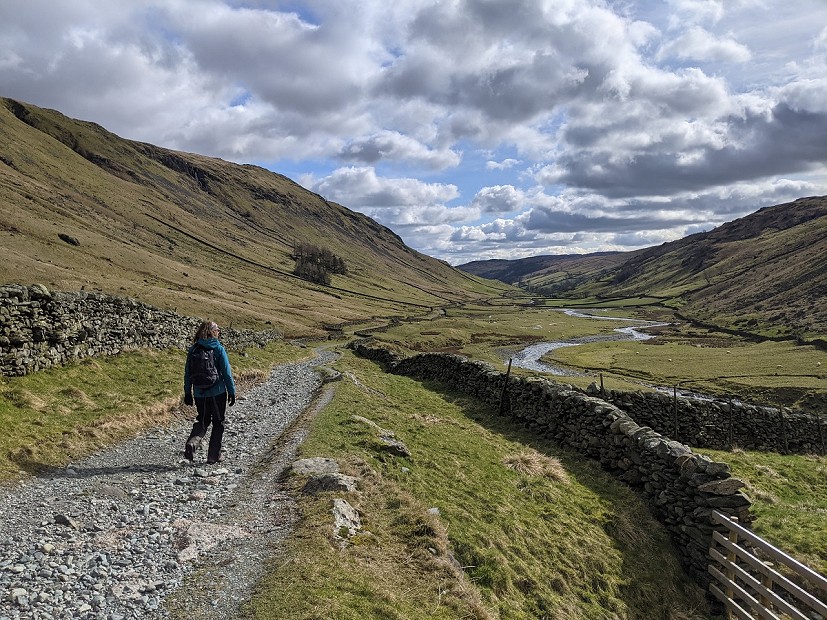
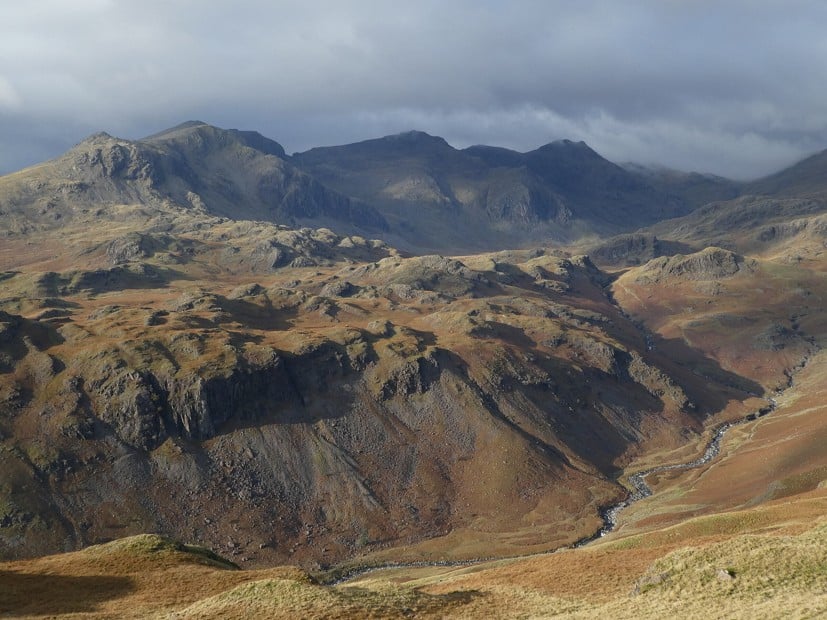
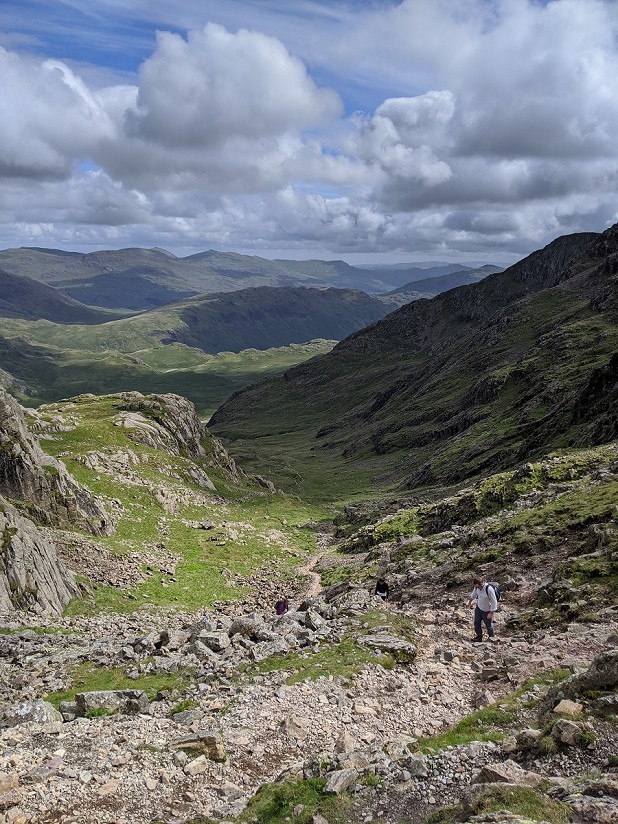
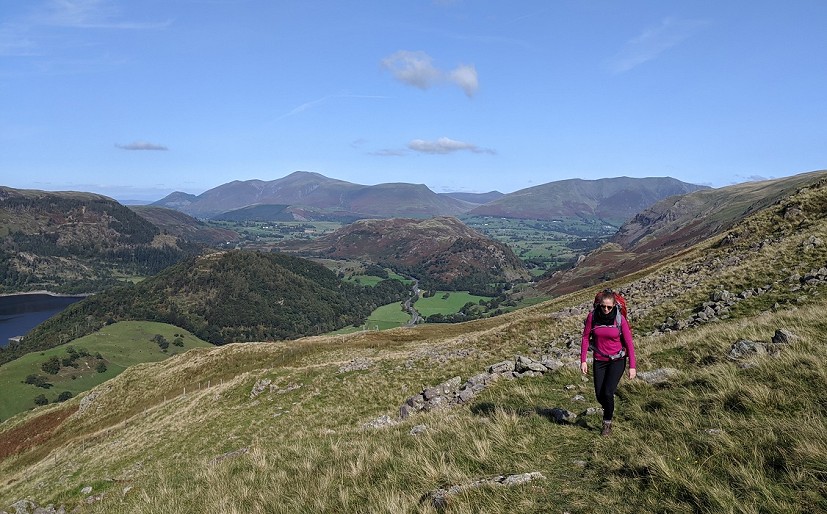





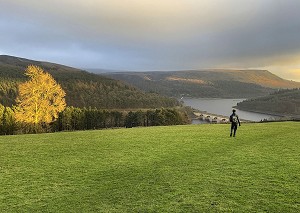
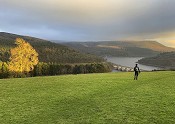
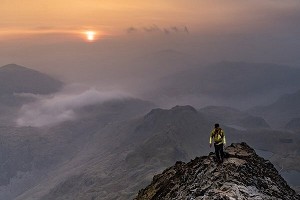
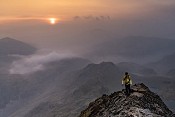
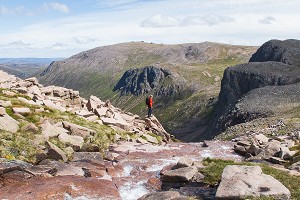
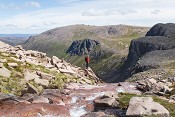
Comments
"we suggest some quieter alternatives": will be less quiet now this articles been published. There was an article in the Times last Saturday "UK's 50 quietest beaches": not any more...
People will come to the area anyway, in their millions. But even in somewhere as small and busy as the Lakes the footfall does tend to concentrate in certain areas. The idea of this series is to help spread the load and encourage a mindset of looking beyond the usual honeypots. I doubt the Shap fells will be heaving as a result of this article, but the comparative few people who read it (out of those millions) might appreciate a few pointers to escape the hordes.
You've included a photo of the wrong Grey Crag, the one in the pic is the one near Hayeswater not the one at Sleddale.
Thanks! I was trying to make that photo fit the map, and had myself convinced. No excuses, from someone who lived in Patterdale for a while
I've got some photos of the right one from a backpacking trip last year if that would help. It's not very interesting though! Tarn Crag nearby is better with a very distinctive cairn.